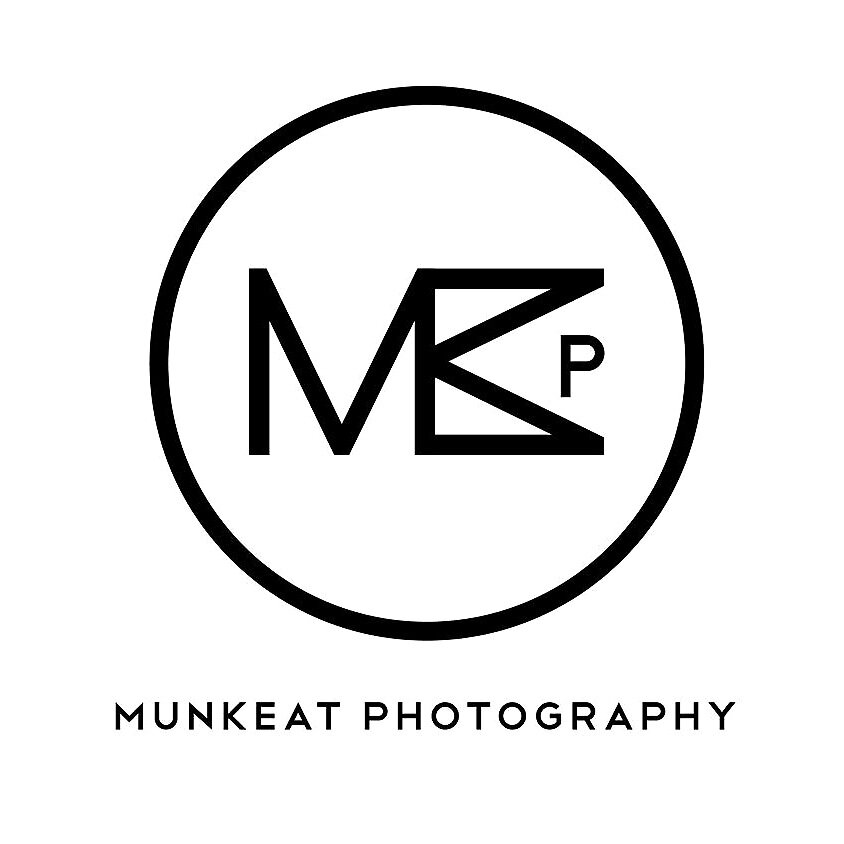So many film cameras in the market, which one should you buy ? Here are some tips for those who is starting out :
1. Keep it simple - The simpler film camera is , the less likely the camera will fail. Even if it fails, it would be easier and cheaper to repair. One have to consider the age of these film cameras could be as old as your parents A Leica M3 would probably be around 65 years old by now. I would suggest to get a camera with full mechanical function which does not rely on battery to operate.
2. Work within your budget - There is a huge range of film cameras in the market and their price varies from USD 40 all the way to USD 40k depending on the brand , rarity and condition. The Nikon FM or FE2 , Canon Canonet, Olympus 35SP, Yashica 124G, Minolta Autocord and Asahi Pentax are pretty affordable for newbies.
3. Type of cameras, Rangefinder or SLR - This depends on your shooting style. I would suggest rangefinder style camera if you love to shoot streets, travel and journalistic as rangefinder is more suited for the wide to mid range zoom lenses. The size is compact , less obtrusive and usually very light. Go for SLR if you love doing portrait , macro, sports or wildlife. What about TLRs you may asked ...well I wouldn't recommend it as your first camera as the number of shots per roll is a lot less as it is a medium format camera. You will only get 12 exposures for roll of film hence make your learning curve a lot more expensive.
3. Keep it small - There is a saying ' The best camera is the one with you ! '. I would suggest to start out with a camera which is small and portable so you would use it more. We understand that huge and bulky cameras such as the Hasselblad 500cm and Mamiya RZ67 looks uber cool but it require quite a bit of muscle to lug it around. It certainly not an everyday camera for you to learn. First the number of exposures are greatly reduced ( the Hassie 500cm only clocks 12 shots ) , the processing fee is pretty much the same hence the cost per shot is a lot higher !
4. Availability of film format and place to process the negatives - Through out the years many film format has already been discontinued. Hence if you found a camera with the below format kindly avoid them at all cost unless it plan to keep the camera as a paper weight or a display item - 220 ( discontinued ) , large format 4 x 5 and 8 x 10
5. BATTERY type - Many of the older film cameras out there uses mercury battery which is no longer in production. Always check if there is a replacement / substitute battery which you could use. If not it would be pointless to own a camera which you can't operate unless you are a camera collector.







